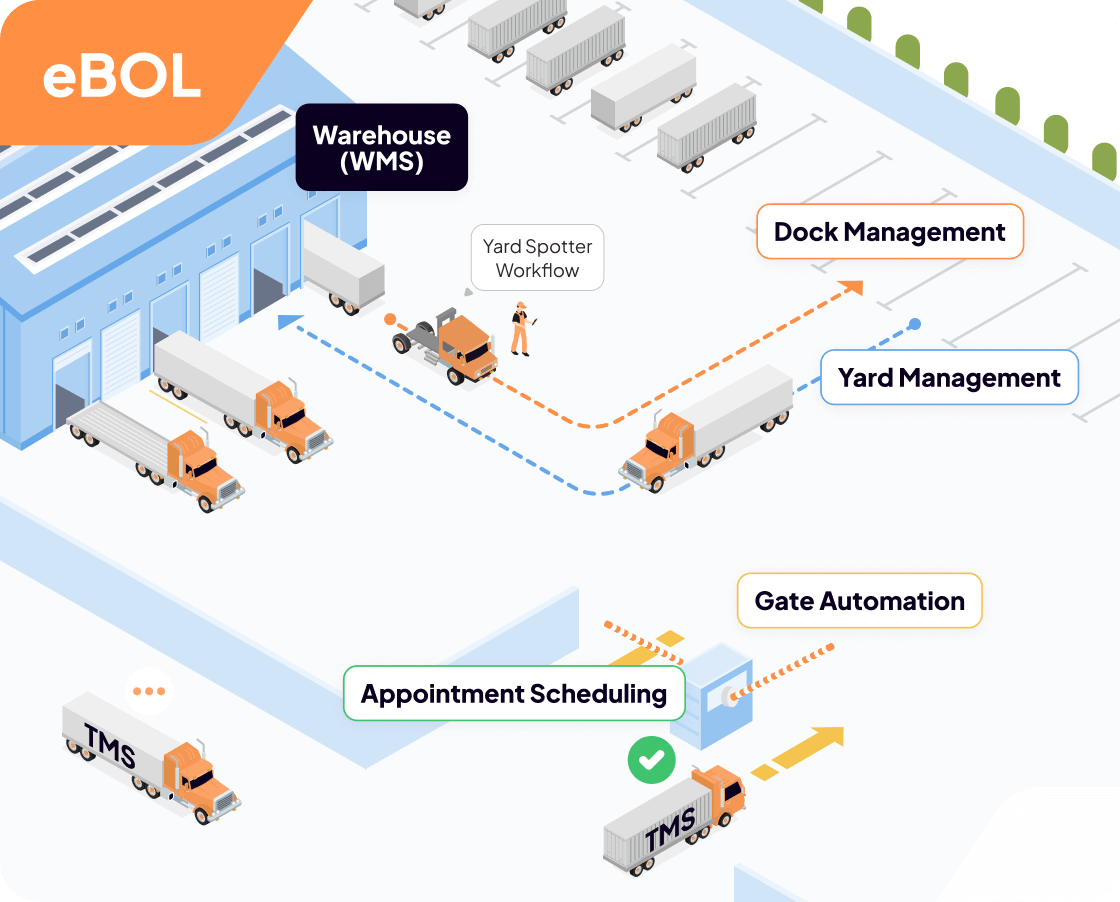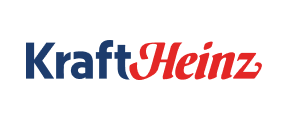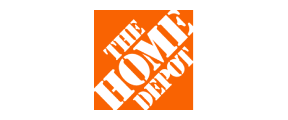See Every Shipment. Control Every Step.
Stop chasing paperwork. Start owning your supply chain.
Paper processes create blind spots. Missed signatures, misplaced documents, and delayed updates put your freight — and your reputation — at risk. With electronic Bills of Lading (eBOL), every shipment is visible, verifiable, and secure.

The worlds leading brands use Vector to connect with their suppliers, carriers, and customers






























Why Visibility Matters
Timestamps & GPS
Know exactly when and where every pickup and delivery happens — no guesswork, no disputes.
Digital Signatures
Capture signatures instantly and securely, eliminating manual errors and lost paperwork.
Instant Document Access
Retrieve signed documents in seconds, not days. No more phone calls, emails, or hunting through filing cabinets.
Shared Transparency
Give carriers, receivers, and customers access to the same data — building trust and reducing back-and-forth.
Take Control with eBOL
The Cost of Blind Spots
Own your supply chain today
The shippers who win tomorrow are those who have visibility today. eBOL gives you the control, accountability, and transparency you need to move faster, protect your freight, and strengthen every relationship.
© 2025 Vector, Inc. All rights reserved.




